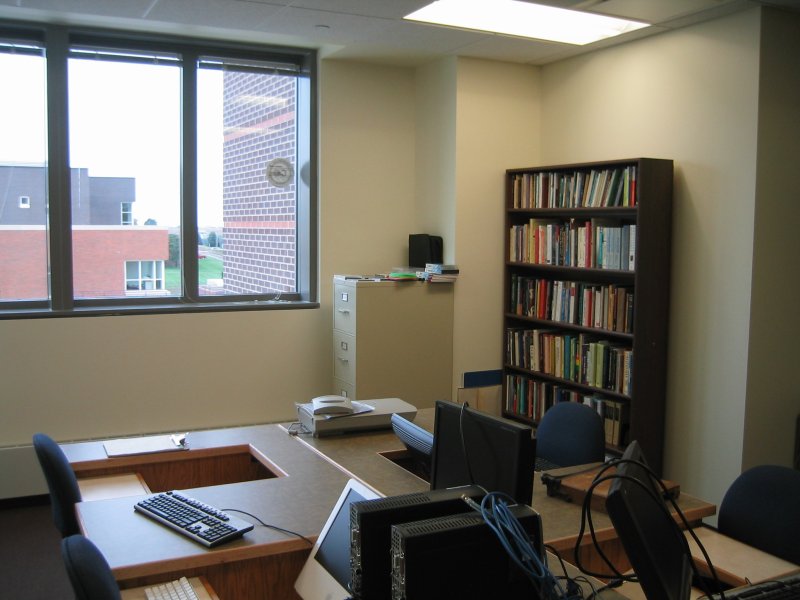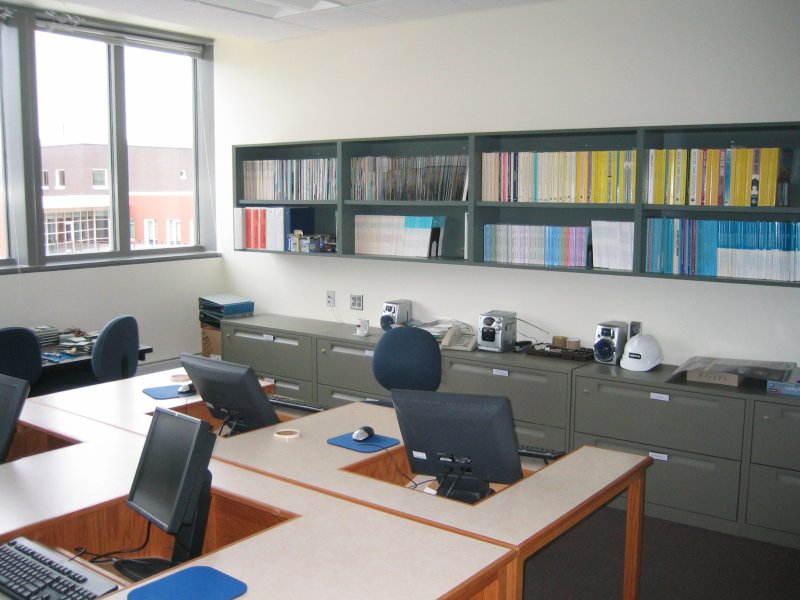research labs
Thursday Extra: "Building a platform for modern systems research"
Mon, 2013-04-15 11:11 — stoneOn Thursday, April 18, Brooks Davis will discuss the architecture of new computers designed for research into computer systems and networks:
A team of more than thirty researchers from SRI International and the University of Cambridge have spent the last two years developing a pair of clean-slate processor designs and a supporting set of operating systems and programming language extensions. The primary goal of this work is increasing our ability to compartmentalize important -- but risky -- applications such as web browsers at a much finer scale than currently possible. Secondary goals include modernizing the process of hardware design, raising the bar for CPU research, and developing a platform for future work. This talk will discuss our goals in detail and our progress toward building a research platform to support them.
Refreshments will be served at 4:15 p.m. in the Computer Science Commons (Noyce 3817). The talk, “Building a platform for modern systems research,” will follow at 4:30 p.m. in Noyce 3821. Everyone is welcome to attend!
- Login to post comments
Photo gallery: Research labs
Click on any picture for the original, larger version.
| Noyce Science Center | Intro and Open Labs | AI/Capstone Lab | Systems Lab |
| Study areas | Commons | Research labs | Miscellaneous pictures |
John Stone's research lab
Henry Walker's research lab
Research labs
Computer science faculty maintain active programs of scholarship and often involve students in this work. During a semester, this work may involve one or two students; in the summer, teams of four or more students are common.
Separate faculty research labs allow these long-term projects to progress efficiently and effectively.
- Workstations can be configured for specialized software and environments.
- Faculty and student researchers have access to systems, independent of class schedules and demands for teaching labs.
- Teams can post notes, brainstorm ideas, develop "to-do" lists on white boards, without interfering with class notes in classrooms and teaching spaces.
- When teams meet in different labs, discussions by one research team do not disrupt work by other teams.



